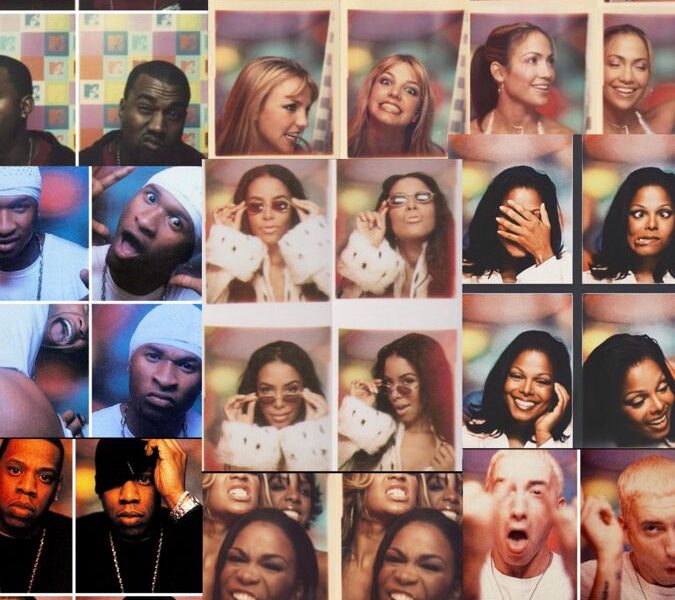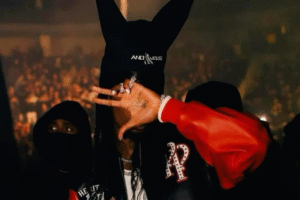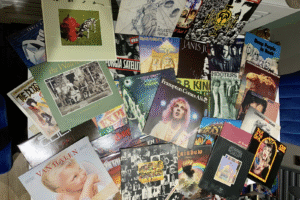Music channels once reigned supreme as the ultimate gateway to discovering new artists, watching iconic music videos, and immersing audiences in a 24/7 music culture. Brands like MTV shaped generations by transforming how people consumed music — pioneering the era where visuals were as important as sound. However, recent news about MTV shutting down five of its channels across Europe and the UK marks another milestone in the sharp decline of music TV channels, signaling the end of their golden age.
The Rise and Reign of Music Channels
In the 1980s and 1990s, music television channels were cultural hubs. MTV launched in 1981, revolutionizing the music industry with a nonstop stream of music videos, artist interviews, live performances, and countdown shows. These channels offered fans instant access to their favorite artists and introduced new acts with the power of video storytelling. Iconic shows and VJs became tastemakers, and music videos turned artists like Michael Jackson, Madonna, and Nirvana into global superstars.
For a long time, music channels were the primary platform for music discovery, social interaction, and even youth identity formation. They created a community through trends, live events, and programming that was uniquely music-centered.
The Decline: Changing Consumption and Technology
The rapid evolution of technology and consumer habits gradually eroded the dominance of traditional music channels. Several key factors contributed to their decline:
- Digital Platforms: The emergence of YouTube in the mid-2000s disrupted music video consumption. Fans could watch any video at any time without scheduled programming, replacing linear music shows with on-demand convenience.
- Streaming Services: Platforms like Spotify, Apple Music, and later TikTok shifted music discovery and sharing to audio and short-form video formats far more engaging and personalized than TV.
- Shift in MTV’s Programming: MTV itself began moving away from pure music content to reality shows and documentaries, alienating core music fans and diluting its brand.
- Social Media: Instagram, Twitter, and Snapchat created direct artist-to-fan communication, making videos and exclusive content accessible in real time without intermediaries.
- Fragmented Audiences: The increase in niche genres and subcultures meant no single channel could serve all tastes effectively, unlike before when MTV had a more centralized role.
MTV’s recent decision to close five music-focused channels in Europe and the UK confirms a broader trend: music television as we knew it is nearly obsolete. This move reflects both declining viewership and the difficulty of competing with digital-first platforms. It also highlights the challenges networks face in monetizing music content on traditional TV amid a rapidly changing landscape.
Though their presence has diminished, music channels created a profound impact on how we connect with music and culture. Their legacy lives on in the aesthetics of music videos, curated playlists, and even the concept of visual albums that dominate modern digital platforms.
Music channels once ruled the music world by shaping tastes and bringing music to life visually for decades. Yet, as technology and consumer habits evolved, their influence has waned dramatically. MTV’s recent closures are a poignant marker of this shift — a reminder of an era when music television was king, now almost gone but never forgotten. The future of music discovery and consumption is digital, personalized, and social, but it continues to build on the foundation those channels laid.



